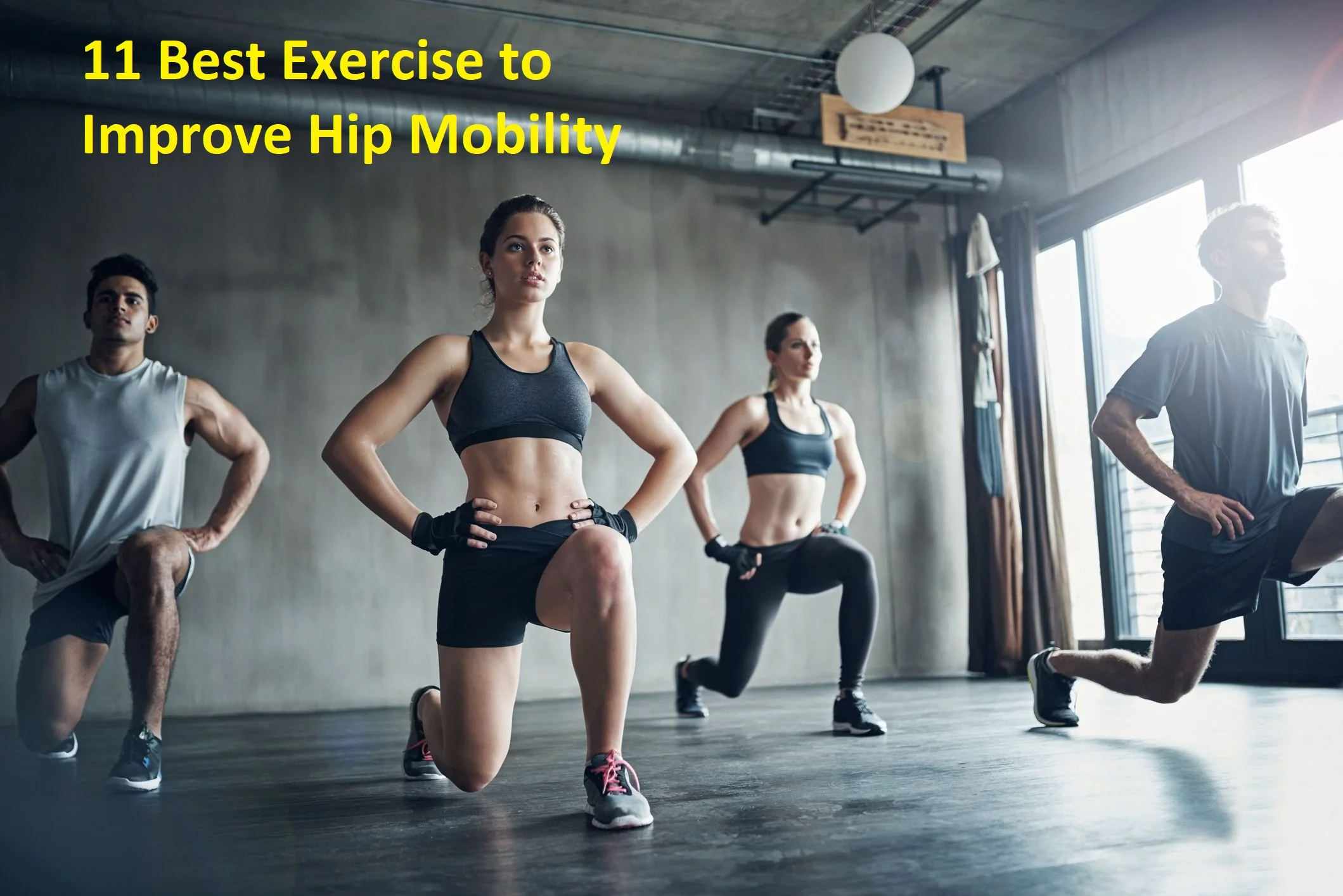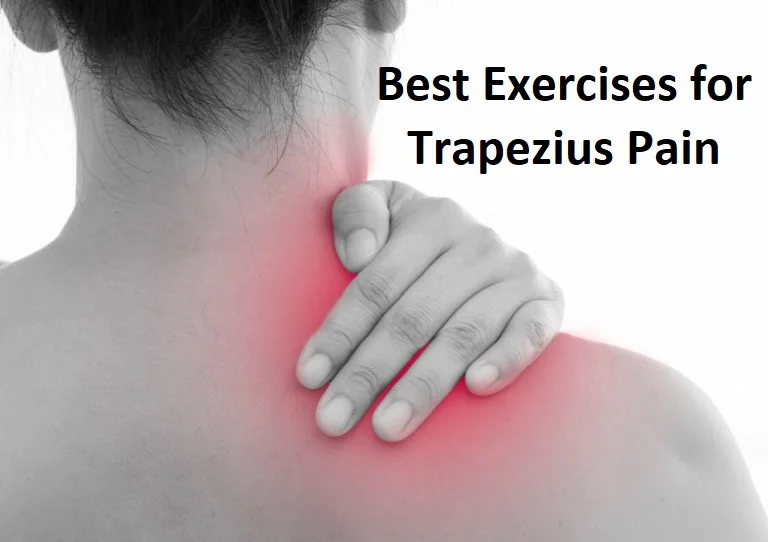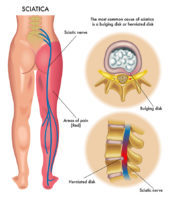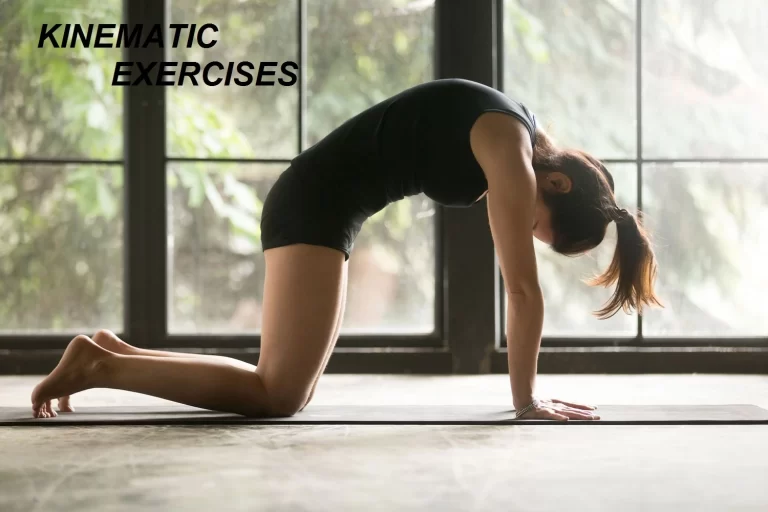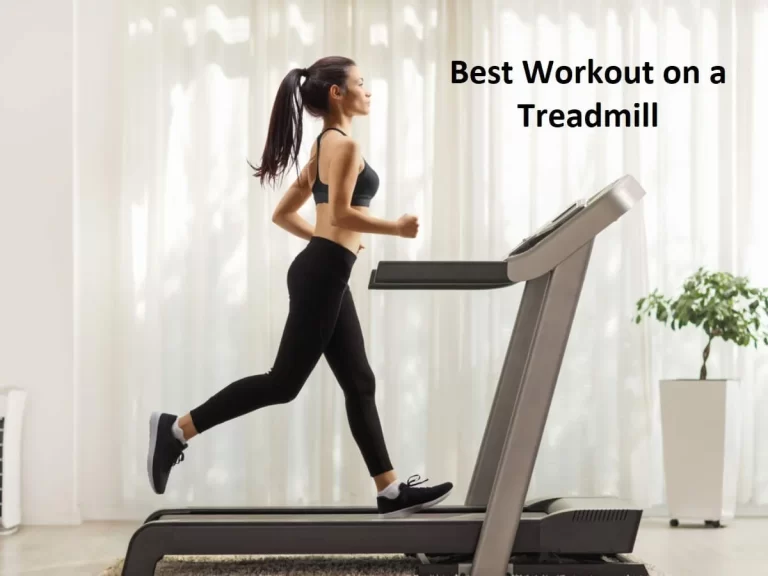11 Best Exercise to Improve Hip Mobility
Hip mobility plays a crucial role in the overall movement and functionality of the body. It refers to the ability of the hip joints to move through their full range of motion without pain or restriction. Optimal hip mobility is essential for activities such as walking, running, squatting, and performing various sports movements. However, sedentary lifestyles, prolonged sitting, and lack of regular exercise can lead to tightness and stiffness in the hips, limiting their range of motion.
- Stretching and strengthening the hip muscles are the best exercises to improve hip mobility and stability to avoid injury.
- Many suffer from weak or inflexible hip muscles as a result of insufficient exercise and prolonged sitting. On the other hand, athletes who overuse their hip muscles can also experience injury and pain in their hips.
- Improving hip mobility can have numerous benefits, including reduced risk of injury, improved athletic performance, enhanced posture, and increased overall flexibility.
- There are many hip exercises to improve hip mobility. Here are some of the top hip workouts that can benefit anyone, including runners, weightlifters, and hikers as well as seniors and arthritis sufferers.
Table of Contents
Best Exercise to Improve Hip Mobility:
Following are the few Best exercise you can do at Home to improve the mobility of the Hip, Initially you can start with 5 to 10 repetitions and 3 to 4 exercises and gradually add exercises as you improve. Avoid Jerky movement and Painful exercise. Before starting any exercise warm-up exercise is required to reduce the risk of injury.
1. Frankenstein walk
Your quads, hamstrings, and hips are all worked during this exercise. Additionally, the range of motion is expanded. Keep a good posture, Keep your back straight, and increase your speed as you move forward.
Instructions :
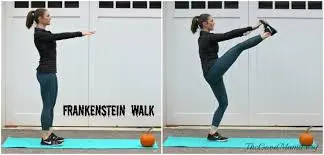
- Standing upright, your arms should be straight and your palms should be facing down to the ground.
- As you move forward, lift your right leg up to extend it straight out, creating a 90-degree angle together with your body.
- Lower your right leg to the floor, then lift your left leg up similarly.
- Continue for 1-2 minutes, switch direction if your space is limited.
Once you feel comfortable, you can perform the exercise by reaching your arm out to touch your opposite foot and extending your other arm behind you.
2. Hip circles
This exercise is useful to improve hip mobility and stability. Use a stable object for support to provide better support.
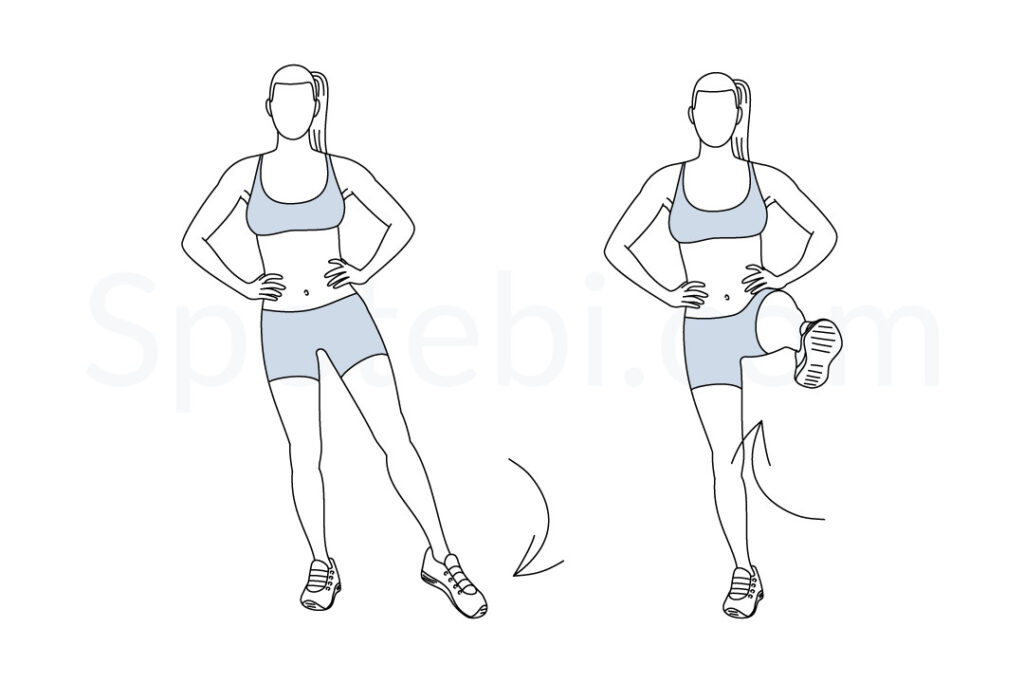
Instructions:
- Place both hands on your waist while standing on your left leg with your right leg up.
- Make circles with your right leg.
- Make 15-20 circular motions in each direction.
- Then do the other leg.
- Use larger circles and perform 2-3 sets of this exercise to make it more challenging.
3. Hip marching
Your hips and thighs will get stronger and more flexible after doing this exercise.
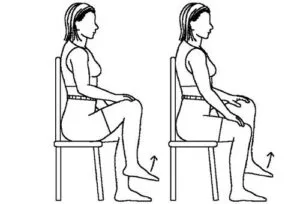
Instructions:
- Sit on the table or chair’s front edge.
- Lift your right leg as high as you can, keeping your knee bent.
- Lower your foot towards the ground gradually and under control.
- Then do the left side next.
- This is 1 repetition.
- Perform 2–3 sets of 5–12 repetitions
4. Hip Flexor Stretch
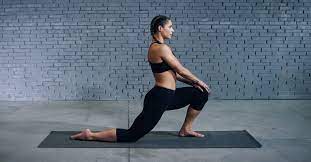
- Any approach for hip mobility can benefit from including a traditional hip flexor stretch. This stretch can enhance both muscle strength and joint flexibility. As a result, it may be far more beneficial than a straightforward flexibility stretch alone.
- In order to stretch your hip flexors, do the following:
- Start with kneeling on one leg together with your other leg bent at a 90-degree angle.
- Maintain alignment of your hip and shoulder with the kneeling leg. The other knee should remain parallel to the front foot’s ankle and heel.
- Apply gentle pressure with your hands as you place them on your front knee. You’ll work your core muscles as a result.
- Your hips and tailbone should be tucked underneath your torso.
- Squeeze your glutes and abs firmly throughout the workout to support your spine.
- Lean slightly forward till you feel it in your hips. Hold it for about 1-2 minutes.
- Then, compress your back foot into the ground as your knee tries to push forward. Hold this for about 30 seconds.
- Remain in the starting position for 30 more seconds while relaxing.
- Repeat the entire motion on the opposite side of your body after switching your legs.
5. Frog Stretch
- One of the harder stretches one may do to increase hip mobility is the frog stretch. It is one of the most helpful as a result. This stretch is performed on the floor and you will start on your hands and knees.
- Put your knees in the most comfortable position with the greatest possible distance between them.
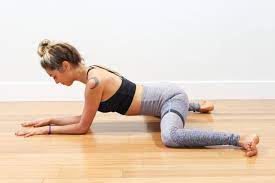
- Holding the position, gently rock your body back and forth.
- Your feet should remain flat on the floor, with your toes pointed outward, throughout the stretch.
- Repeat as many times as you desire, then get back to the starting position.
6. Butterfly
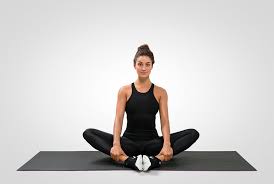
- One of the most popular hip mobility exercises is the butterfly stretch. It can be quite soothing and a quick, low-impact approach to moving your muscles and joints.
- Your back should be straight as you sit on the ground with your core muscles contracted.
- Your feet should be compressed against one another as you flex your legs.
- Holding your feet firmly in place with both hands, slightly bending your hips forward while pressing down with your hands on your feet.
- Release the Hold after 30 seconds then repeat it, if desired.
7. Traveling Butterfly
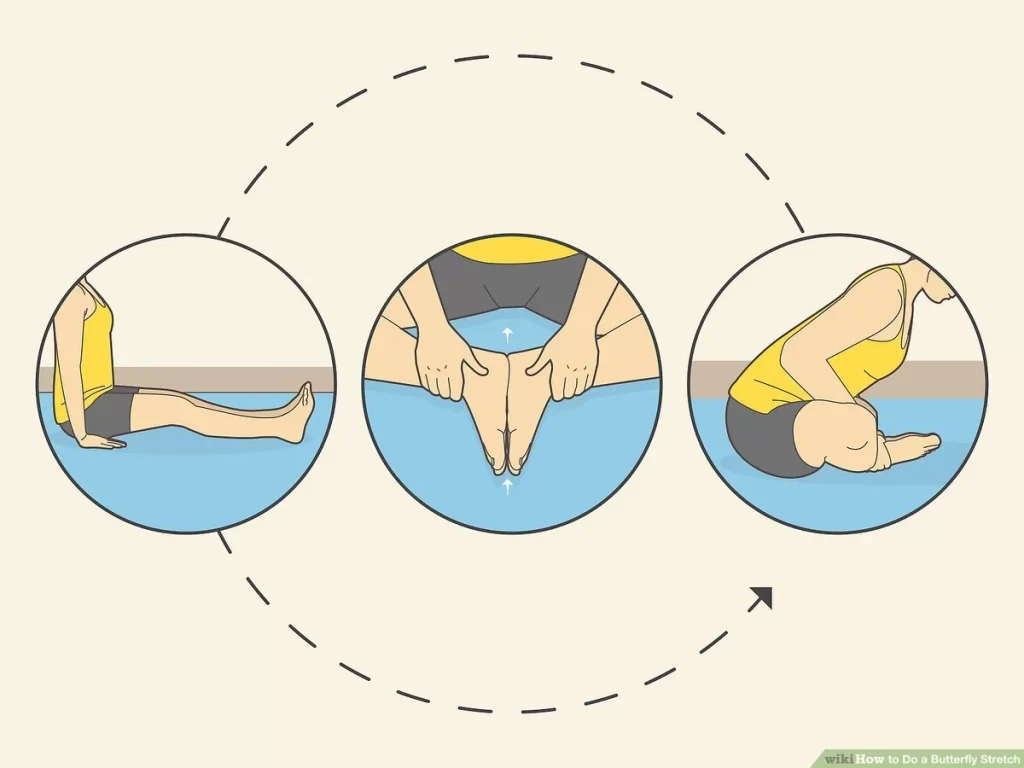
- The traveling butterfly stretch is nearly to same as a standard butterfly stretch. However, this exercise’s current iteration is a little more demanding and dynamic. It is a great option for anyone who desires the relaxing advantages of the butterfly while engaging your muscles in a slightly more energetic way.
- To start the traveling butterfly, sit on the ground with your back straight and your hips square, just like you would for the traditional butterfly.
- Straighten out both your legs in front of you. Press down, lifting your hips off the floor and moving towards your heels while keeping your hands on the floor behind your hips.
- Your arms will support your body as you perform this motion, which will put you in the butterfly posture.
- Hold the position for a bit of time. After that, start over from the beginning and repeat.
8. Knee to chest stretch

- Lie on your back on the mat with both legs fully extended. One knee should be gradually bent towards the chest.
- Pull your knee as close to your chest as you can without any discomfort while maintaining a flat back and Squeeze your glute while extending your straight leg as far as it will go.
- Come back to the beginning position and repeat this exercise with your opposite leg.
- If you are having trouble feeling the stretch, try doing this stretch on a bench with your lower leg hanging off.
9. Clamshell exercise
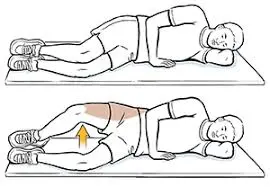
You can strengthen your glutes, hips, and thighs with this exercise. Your muscles in the pelvis are stabilized. Additionally, it can ease lower back tension, which lessens the risk of overuse injuries. Once you have learned the basic pose, do some alterations.
Instructions:
- Lay on the side with your knees bent.
- Rotate your top leg up as high as you can, then hold for a second.
- Lower to the beginning position.
- Perform 1-3 sets of 10–15 repetitions.
10. Leg Swings
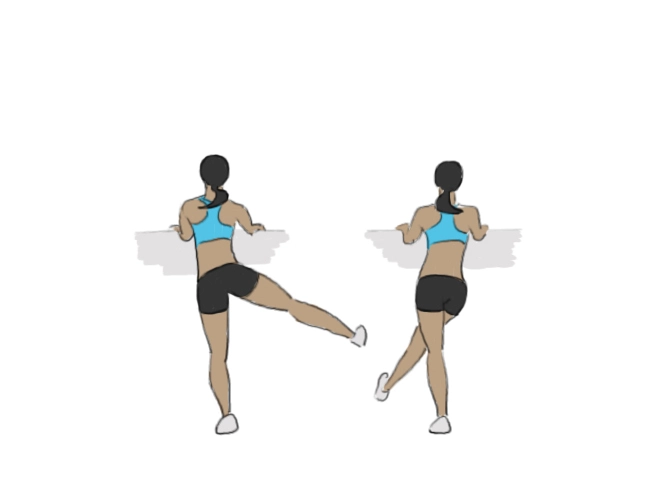
- Leg swings are helpful, easy, and soothing mobility exercises. Leg swings frequently work well as a wind-down stretch after a workout or training session. They are simple to carry out, and you may do them while multitasking in other ways or watching television.
- First, stand up straight with your hips square. Hold on to a chair, counter, railing, or other stable object with your left hand to keep your balance.
- And lift your left leg as exactly parallel to the ground as you can while carefully crossing it over your right leg. Instead of kicking aggressively, this should be a flowing, delicate motion.
- Hold your leg up for a moment, slowly lower it, and repeat this.
- Perform a minimum of ten repetitions.
- Then switch sides and repeat.
11. Bear Sit
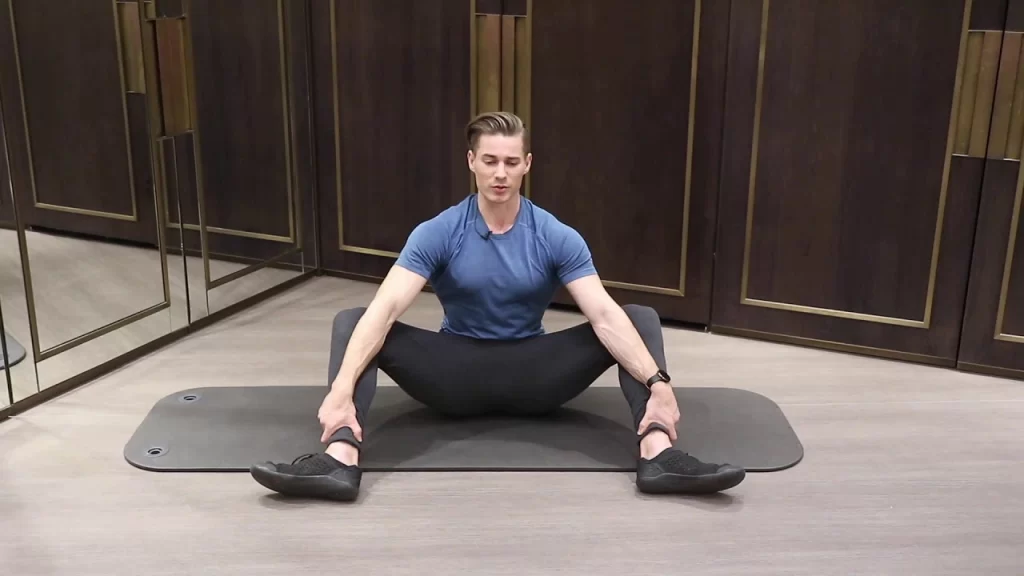
- Regular application of the bear stretch helps strengthen the adductor muscles in your hips and inner thighs.
- Start by performing the passive stretch. Put your feet out in front of you as you sit on the mat.
- Keep a straight line from knee to heel while extending your feet and knees outward.
- Pull your knees apart while grabbing hold of each ankle with your outstretched hand.
- Flatten your lower back gradually and maintain the position for about a minute. Gently inhale and exhale while holding.
- Release your hold on your ankles and extend your arms straight in front of you to start the active stretch. Your hands should form fists as you flatten your shoulder blades.
- Hold this position for 10 to 15 seconds while breathing deeply and using your core muscles.
- Spend about a minute in the passive position with your hands over your ankles.
- Several more times, repeat the active stretch.
When you not do Hip Mobility exercises?
Following Conditions where you should avoid exercise or you can consult a Physical Therapist before starting any exercise:
- Painful Hip joint
- Acute trauma
- Muscle strain around the Hip joint
- Unstable Hip joint
- Hip joint Replacement
- Recent any surgery
- During Pregnancy
- If Doctor advised you to take rest
- If exercise is painful
- If Pain increases after exercise
What Precautions are Required During Hip Mobility Exercise?
- Before starting any exercise perform warm-up exercise such as walking and simple Hip movement that helps to reduce the risk of injury.
- Avoid jerky movement during exercise, perform slowly, and start with easy-to-perform low-intensity exercise, and as you improve gradually add more difficult exercises.
- Take enough rest in between exercises.
- Stay Hydrated.
FAQ
Which are the 3 best exercises for hip mobility?
Frog stretch
Butterfly stretch
Bear sitHow can I improve my hip mobility?
Dynamic Stretches and Exercises help to Improve Hip Mobility and Strength.
How do you identify if you have poor hip mobility?
Look out for these four signs.
You Have frequent Lower Back Pain.
You Frequently Get Hamstring Injuries.
You Can not do A Womb Squat.
You Fail to do the Ankle-Over-the-Knee Test.Is it possible to increase hip flexibility?
Having tight hips can delay overall mobility in the body as well as fitness performance and contribute to lower back pain. Thankfully, there are some activities and stretches we can do to improve mobility within the hips, whether it is stretching out on the best yoga mat or doing weighted squats.

